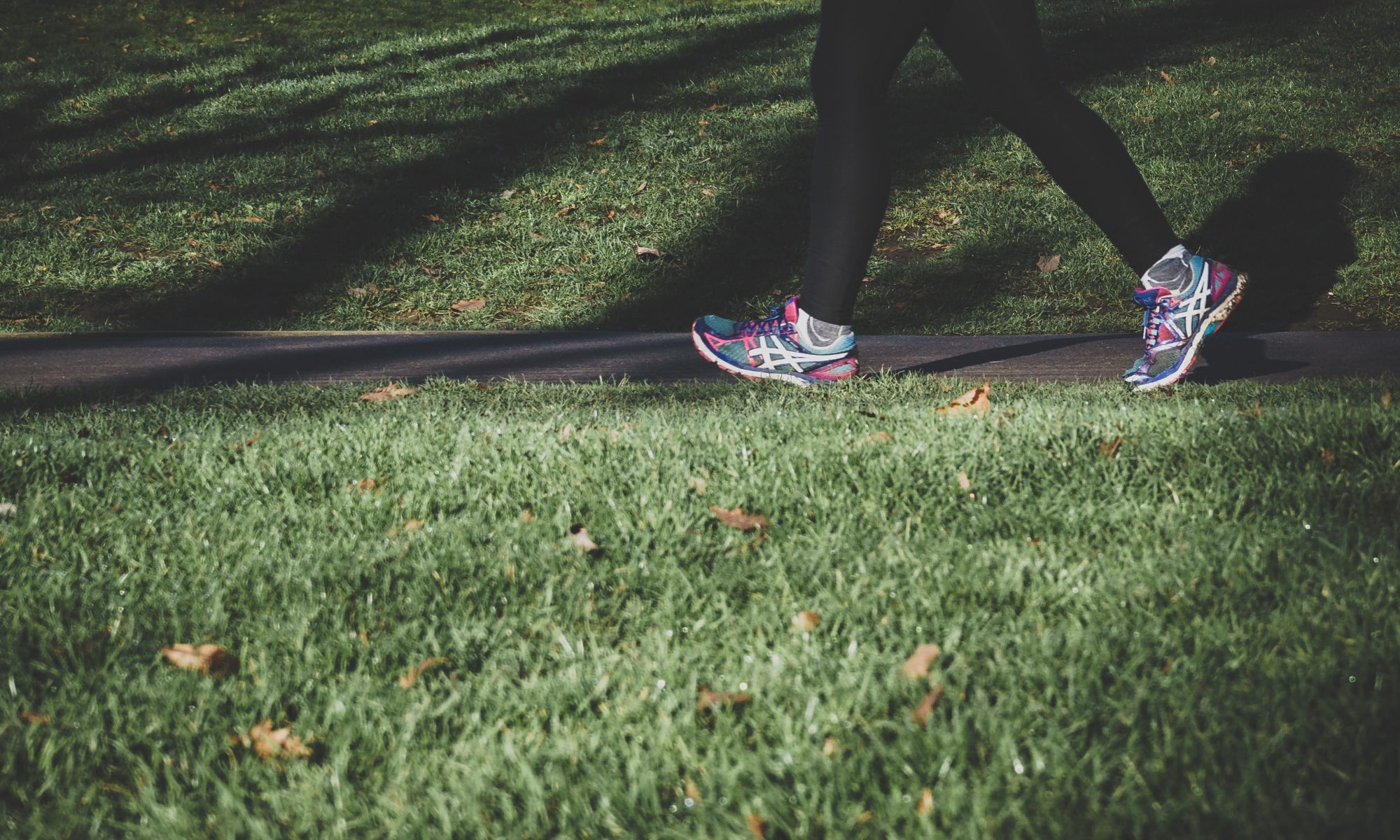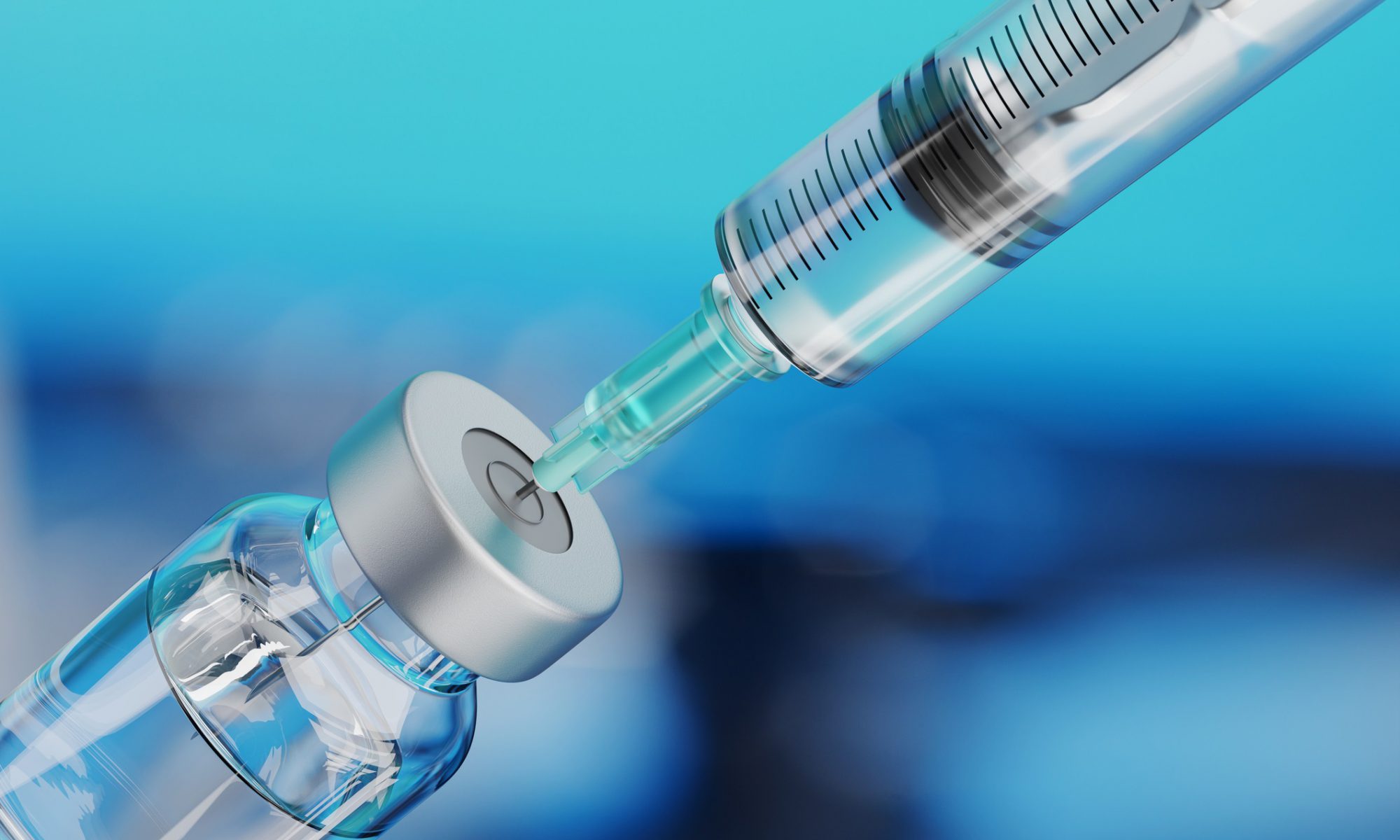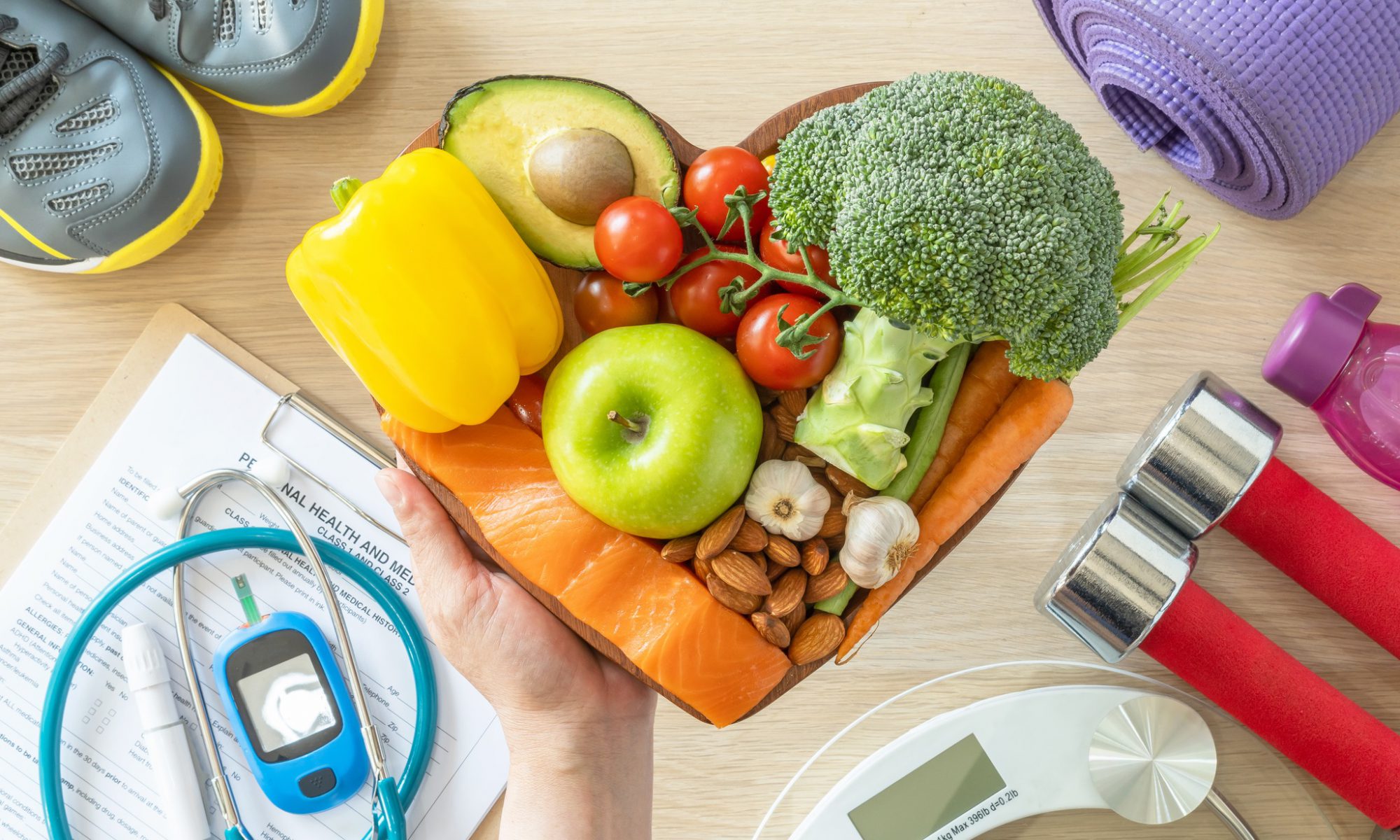Adults with chronic kidney disease who walked between 7,000 and 12,000 steps a day reported high health-related quality of life, according to data published in the Journal of Renal Nutrition.
“Recent studies have shown that walking, as a daily form exercise in patients with CKD, may improve cardiopulmonary function, and regulate blood pressure, blood glucose and lipid levels in patients with CKD; moreover, it plays a vital role in enhancing the quality of life of CKD patients,” JiachuanXiong, MD, from the department of nephrology at the Key Laboratory for the Prevention and Treatment of CKD of Chongqing Clinical Research Center of Kidney and Urology Diseases in Xinqiao Hospital at Army Medical University in China, and colleagues wrote. Read the full story.









